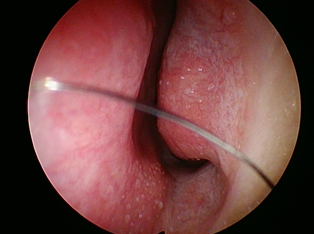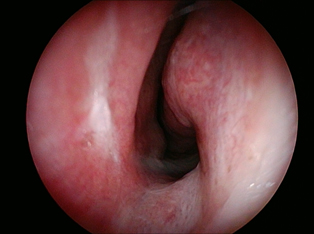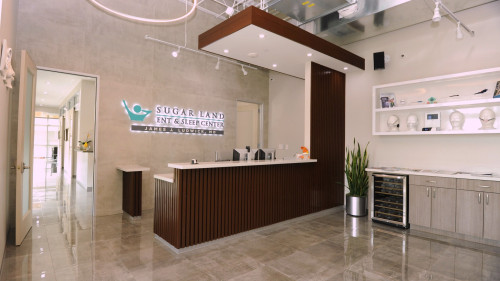Nasal Turbinate Reduction
The inferior turbinates are the humidifiers of the nasal cavity. Without our turbinates, our nose would not be able to clean, warm, and humidify the air we breathe. This is why everyone wants to breathe through their nose!
When the turbinates are swollen or enlarged, they can cause a large amount of nasal congestion and obstruction. This is why patients often turn to “decongestant” medications like Afrin, Vick’s Vapor Rub, Neosynephrine, or Sudafed because these drugs temporarily reduce the size of the turbinates, thus providing temporary relief of their congestion.
A turbinate reduction is an extremely effective procedure that permanently replicates the benefits of decongestant medications without the dangerous side effects of those medications. The procedure is done under local anesthesia in less than 15-20 minutes. There is no pain during the procedure or during the healing period after the procedure. Dr. Ludwick does not place any packing in the nose after the procedure.


Call (209) 362-3311 now, or complete this form and our office will contact you within the next business day.

